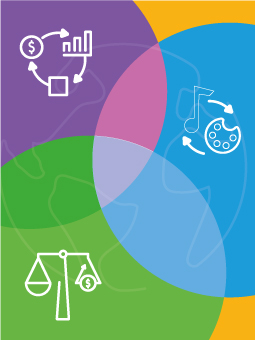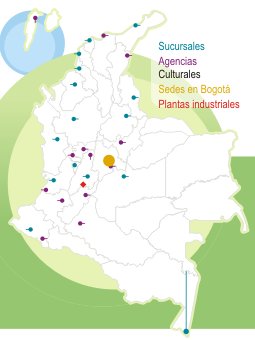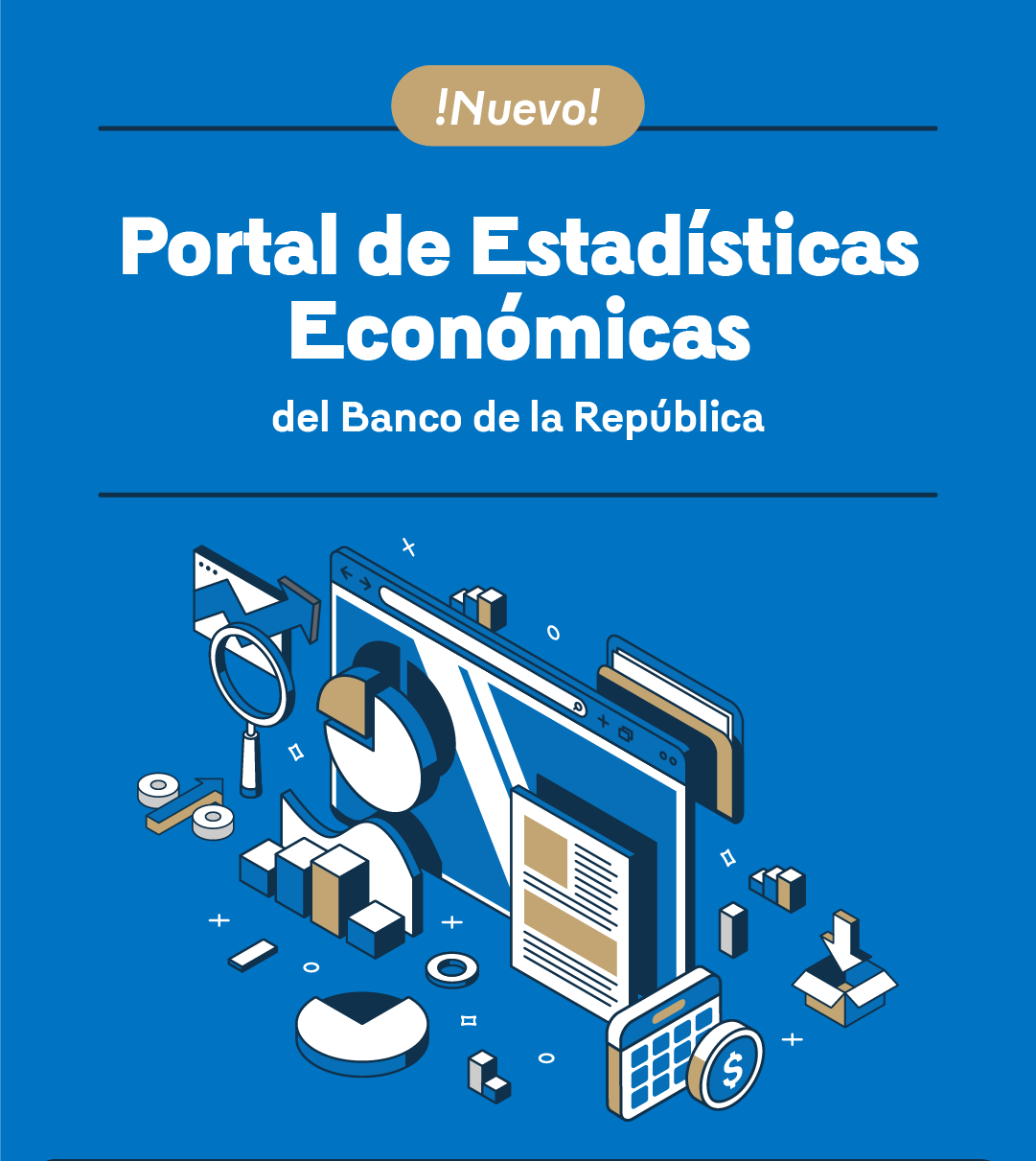Box 2: Monetary Policy and Liquidity Risk Management: Analysis of the Reserve Requirement Reduction in 2024 - Report of the Board of Directors to the Congress of Colombia, February 2025
Pursuant to Article 5 of Law 31 of 1992, the Board of Directors of Banco de la República (the Central Bank of Colombia) submits a report to the Honorable Congress of Colombia, informing about the performance of the economy and its outlook. This report is submitted twice a year, in March and July, within ten business days following the start date of the sessions of the Congress.
Reserve requirements are an economic policy instrument that has historically played an important role in the fulfillment of the central bank’s mission worldwide. This requirement, set by the monetary authority of each country, mandates that banks and other credit institutions (CIs) to maintain a liquidity reserve in cash or in their accounts at the central bank. Accordingly, the reserve requirement ratio is the ratio of the reserve associated with this policy to the total public deposits. Graph B2.1 illustrates, for the Colombian case, the historical evolution of this reserve requirement to deposits ratio, showing a downward trend over the last decades.
In line with Banco de la República’s Strategic Plan for the 2022-2025 period, it was considered appropriate to review the role of the reserve requirement as a monetary policy tool. Based on this review, on 30 August 2024, the Board of Directors of Banco de la República (BDBR) decided to reduce the reserve requirement by one percentage point. Accordingly, the requirement was reduced from 8.0% to 7.0% for checking and savings accounts, and from 3.5% to 2.5% for term deposits (CDTs with maturities of less than eighteen months).
This box presents the main arguments that motivated the reduction in the reserve requirement, as well as a description of the effects this reduction has had on the liquidity of fnancial intermediaries and the proper functioning of the payment system. According to the data observed between September and December 2024, this change released about COP 6.1 trillion (t) in liquidity to the system, without affecting the short- or long-term liquidity of credit intermediaries. Likewise, the modification did not impact the settlement of payments in the Deposit Accounts System (CUD in Spanish) in which CIs participate.































































